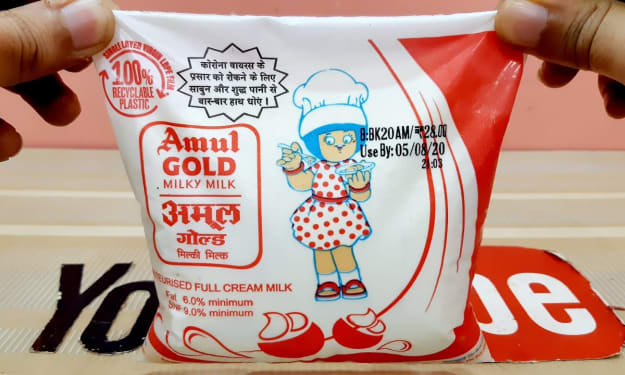
The absorption and utilization of food by the body is fundamental to nutrition and is facilitated by digestion. Plants, which convert solar energy to food by photosynthesis, are the primary food source. Animals that feed on plants often serve as sources of food for other animals. To learn more about the sequence of transfers of matter and energy in the form of food from organism to organism, see food chain.Hunting and gathering, horticulture, pastoralism, and the development of agriculture are the primary means by which humans have adapted to their environments to feed themselves. Food has long served as a carrier of culture in human societies and has been a driving force for globalization. This was especially the case during the early phases of European trade and colonial expansion, when foods such as the hot red pepper, corn (maize), and sweet potatoes spread throughout Europe to Africa and Asia.
Boiled crawfish is a popular Cajun dish.Food is treated in a number of articles. For a description of the processes of absorption and utilization of food, see nutrition; nutrition, human; digestion; and digestive system, human. For information on the methods used to prepare raw foods for cooking, consumption, or storage, see food preservation.
bay leaf, also called laurel leaf, leaf of the sweet bay tree (Laurus nobilis), an evergreen of the family Lauraceae, indigenous to countries bordering the Mediterranean. A popular spice used in pickling and marinating and to flavour stews, stuffings, and fish, bay leaves are delicately fragrant but have a bitter taste. They contain approximately 2 percent essential oil, the principal component of which is cineole. The smooth and lustrous dried bay leaves are usually used whole and then removed from the dish after cooking; they are sometimes marketed in powdered form. Bay has been cultivated from ancient times; its leaves constituted the wreaths of laurel that crowned victorious athletes in ancient Greece. During the Middle Ages bay leaves were used medicinally. See also list of herbs and spices.
The Editors of Encyclopaedia Britannicasperm oil, pale yellow oil obtained with spermaceti from the head cavity (spermaceti organ) and blubber of the sperm whale. Formerly used as a superior lighting oil and later as a lubricant, it was little used in the modern period apart from in certain toiletries and pharmaceuticals, although in 1950 advances in oil chemistry allowed it to be used in large quantities for the manufacture of soap.
After removal of spermaceti and treatment with sulfur, sperm oil provided excellent lubricants that resisted extreme pressures. These were commonly used in mechanical transmissions, high-speed machinery, and precision instruments. The oil was also hardened to make textile sizings. Saponification yielded fatty acids for soap manufacture and fatty alcohols for cosmetics and detergents.
This article was most recently revised and updated by Melissa Petruzzello.The daughter of a prosperous financier and consultant, McWilliams graduated from Smith College (B.A., 1934) and worked occasionally in advertising. During World War II, from 1941 to 1945, she performed clerical work in Ceylon (Sri Lanka) and China for the Office of Strategic Services (OSS, the forerunner of the Central Intelligence Agency), where she met Paul Cushing Child, whom she married in 1945. During the Childs’ six-year postwar stay in Paris, she attended the Cordon Bleu cooking school for six months and studied privately with master chef Max Bugnard. She and two French friends, Simone Beck and Louisette Bertholle, in 1951 founded L’École des Trois Gourmandes (“The School of the Three Gourmands”) and later wrote the best-selling cookbook Mastering the Art of French Cooking, 2 vol. , which was praised for its clarity and comprehensiveness. Her culinary crusade was stated plainly in her introduction:





Comments
There are no comments for this story
Be the first to respond and start the conversation.